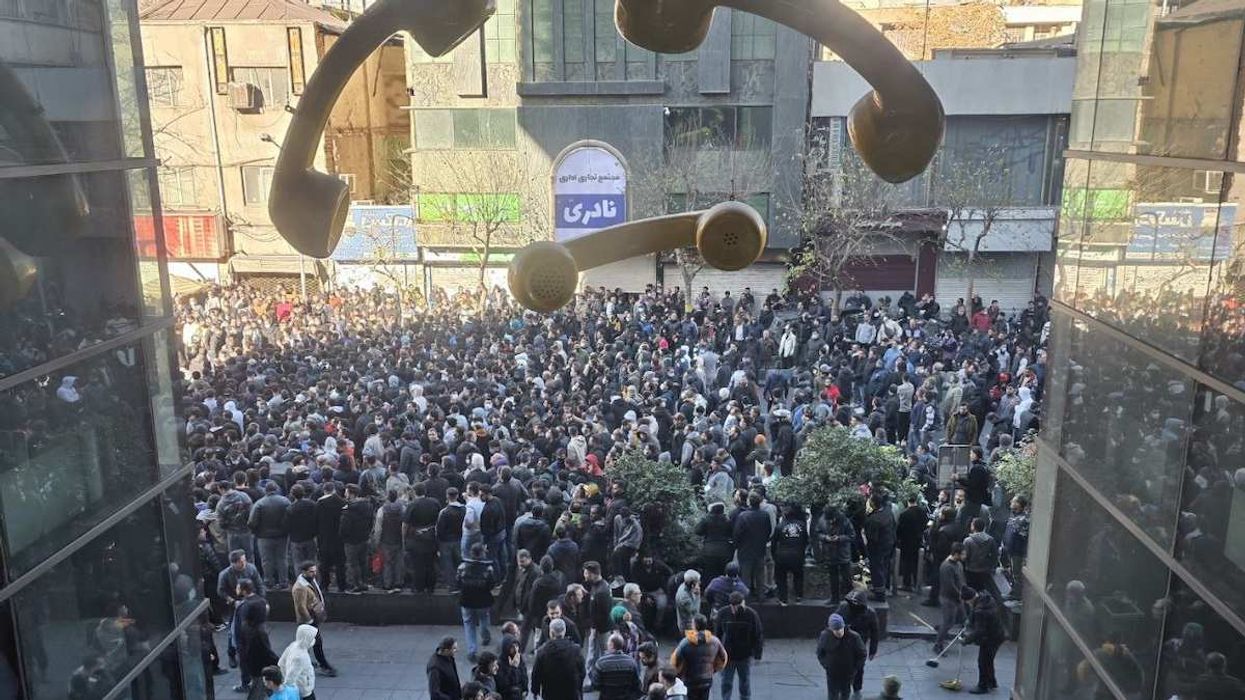John Adams, the second president of the United States, warned that the domination of the political system by two parties would inevitably become a "great political evil." Looking at the hyper-partisan state of US politics in 2020, it appears that Adams was onto something. Since the mid-1800s, the executive and legislative branches have been dominated by the Republican and Democratic parties. While historically presidential hopefuls outside the mainstream — commonly known as third-party candidates — have failed to make a dent in the two-party system's lock on power, at times they have garnered enough support to significantly impact the way that votes are distributed, thus influencing the outcome. Here's a look at how third-party candidates have performed in US presidential elections since 1992.
News
The Graphic Truth: Third-party US presidential bids

Paige Fusco
Paige Fusco is a graphic designer creating visualizations - data-driven and otherwise - for Eurasia Group and GZERO Media.

















